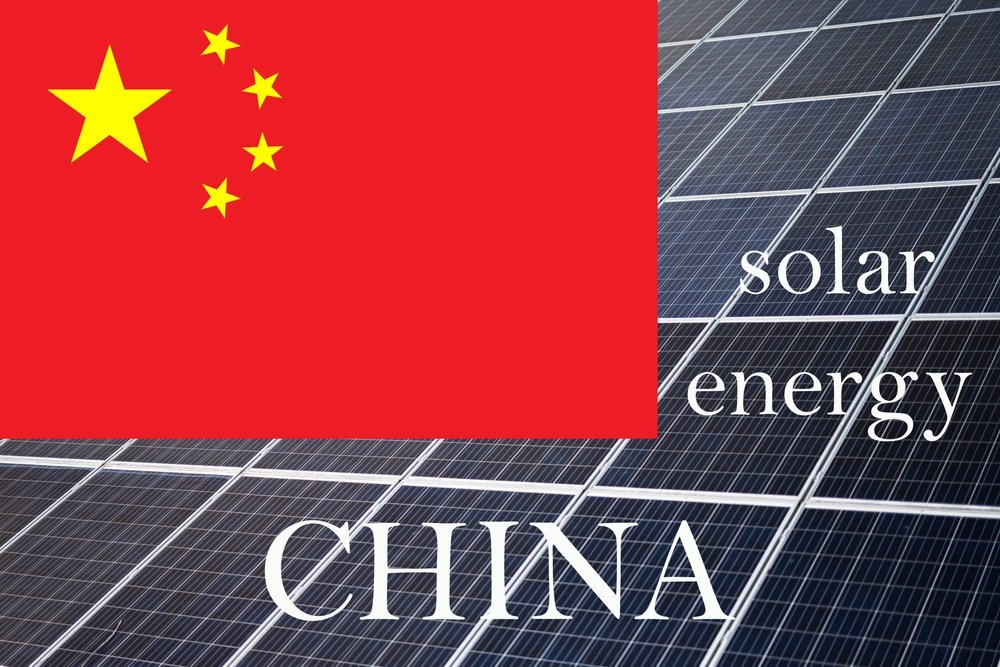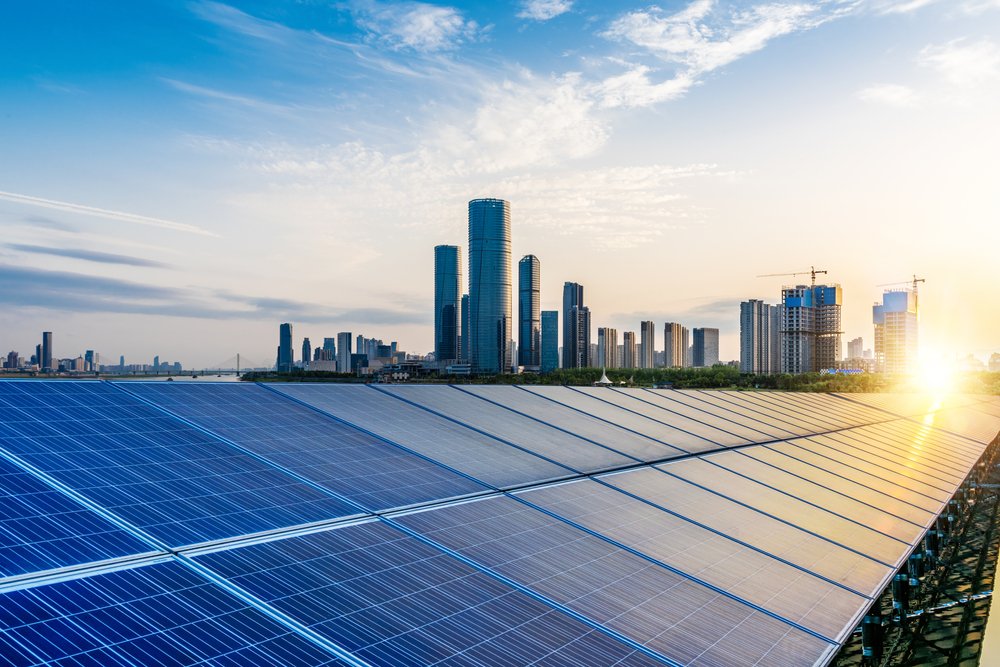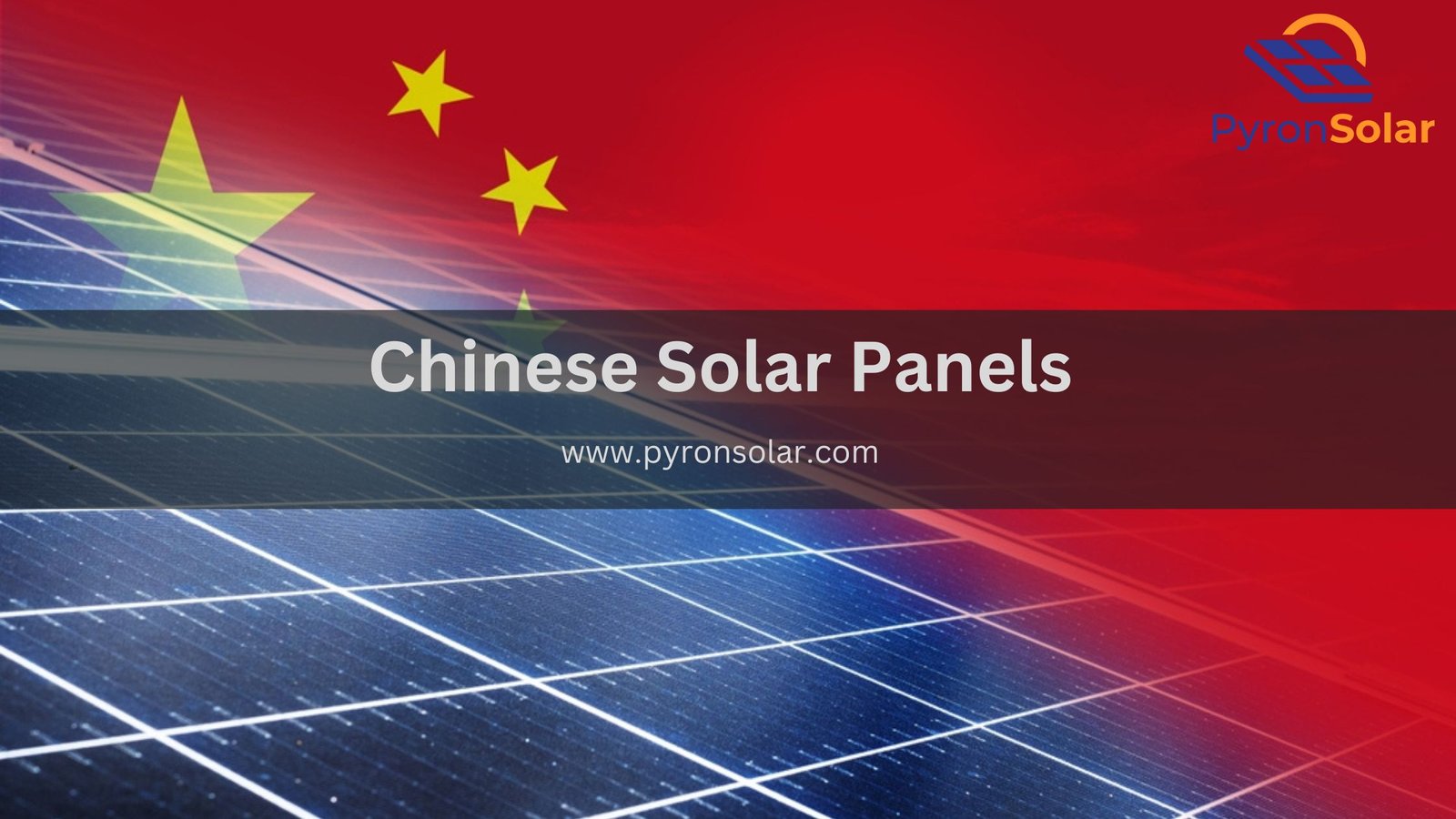Currently, China holds a leading position in the global solar supply chain by investing more than US$130 billion.
According to the latest report by Wood Mackenzie, China manufactures and supplies more than 80% of the world’s solar photovoltaic panels (PV) components such as polysilicon, wafers, cells, and modules. Furthermore, the same report predicted that China will include one Terawatt (TW) of wafer cell and module capacity by 2024 to meet the global solar demand by the next decade.

Before finding out the benefits and challenges of Chinese Solar Panels, you need to know if they are worthy and how they compete in the US market and differ from American Solar Panels. Also, it would be interesting to explore the rise of the solar industry in China and identify the leading top manufacturers.
The Rise of China’s Solar Industry
Here is a brief timeline of the rise of the solar industry in China:
- 1958: Development of China’s first monocrystalline solar cell.
- 1968: Solar cell development for space satellites.
- 1975: Domestic solar cell production started in Ningbo and Kaifeng.
- 1990: Manufacturing domestic solar panels.
- 2002: First PV Panel produced with 10 Megawatts (MW) capacity.
- 2004: Started to export PV cells to Europe due to the growth of PV generation in European countries like Germany.
- 2011: Growth of the Chinese solar power market due to the incentives introduced by the government.
- 2013: Leading photovoltaics installer globally.
- 2017: First country in the world to install a total of 100 GW photovoltaic panel system.
- 2020: One-third of the global PV capacity of 760.4 GW.
These are the key factors that led to the growth of the solar industry:
1. Export-led development: It is for new markets created by European states.
2. Innovation process: It results in lower costs and superior performance of solar cells and panels.
3. Development of upstream production capabilities: Enhances the competitiveness of Chinese firms.
4. The success of founder and public entity investment: Crucial in the early stage of industry development.
5. Substantial quantities of public finance: Acts as a long-term capital during early-stage growth and problems linked with excessive demand.
Several subsidies, tax incentives, grid services and feed-in-tariffs have played a major role in promoting the growth of the solar energy industry and making it financially viable.
China has 80% of the global market share in manufacturing capacity and makes exports an important source of data to track clean energy. Also, Chinese companies reduce costs by increasing solar farm installations in deserts of western China as the public land is completely free. As a result, these companies manufacture polysilicon by utilizing the electricity from those farms.
Who are the leading Chinese Solar Panel Manufacturers
Here is a detailed profile of major Chinese solar panel manufacturers provided with their capacity, market share, technological innovations, global reach and their contribution to China’s export economy:
1. JinkoSolar:
- Capacity: 14 production facilities globally and 21 overseas subsidiaries.
- Market Share: Highly innovative solar manufacturers in the world.
- Technological innovations: Integration of advanced crystalline silicon PV technologies to increase the efficiency of its modules and make them highly reliable, durable, and budget-friendly.
- Global Reach: Residential customer base in China, the United States, Japan, Germany, the United Kingdom, Chile, South Africa, India, Mexico, Brazil, etc.
2. Trina Solar:
- Capacity: Maximum capacity of 10 GW.
- Market Share: World’s leading solar energy provider.
- Technological innovations: Panels with an efficiency rating of 16.2% to 20.4% broke the world records in terms of PV cell efficiency and module output.
- Global Reach: Headquarters set up in Zurich, USA Silicon Valley, Miami, Singapore, Dubai, etc.
3. LONGi Solar:
- Capacity: Module production capacities with 2.5GW and 5GW.
- Market Share: Leading power storage system integrator.
- Technological innovations: The first manufacturer to dispatch more than 20GW of solar panel modules annually and maintains a long-term commitment to Monocrystalline technology with 15 manufacturing bases and more than 30 branches globally.
- Global Reach: Operations in more than 160 countries and regions around the world which includes countries like Yunnan, China, and, Malaysia.
These 3 solar panel manufacturers have greatly contributed to China’s export economy. For instance, China’s solar panel PV export economy in the year 2021 was above USD 30 billion.
Benefits and Challenges of Chinese Solar Panels

Let’s delve deeper into the advantages and disadvantages of Chinese solar panels:
ADVANTAGES:
1. Competitive Pricing: Compared to other brands, Chinese solar panels are much cheaper due to a huge manufacturing base and lower production costs.
2. Technological Advancements: A majority of successful solar panel manufacturers in the world such as LONGi, Jinko, Trina, and Canadian Solar come from China. A sizable portion of these solar panel brands can be used for utility-scale installation to small home rooftop solar panel systems.
3. Wide Availability: More than 80% of the solar panels and their source materials are produced in China. Several solar companies globally manufacture or import source parts from China.
DISADVANTAGES:
1. Quality Concerns: Less quality control standards when compared to other brands.
2. Environmental Impact: High recycling costs and produce more than 30% of greenhouse gases. You can also learn more about environmental impacts of solar panels in detail.
3. Geopolitical tensions: China’s dominance in the solar industry can cause geopolitical tensions. For instance, the solar tariff imposed in 2018 and 2022 affected the Chinese solar brands.
Chinese vs American Solar Panels
Here is a detailed comparison between the Chinese and American solar panels based on the factors explained below:
1. Manufacturing Scale and Capacity: China dominates the solar panel manufacturing industry globally with an exporting capacity of 114 GW in 2023. American solar panel manufacturing has increased with more than 240 GW production capacity in the supply chain.
2. Cost: Chinese solar panels are 44% cheaper than American modules due to the low-cost supply chains, better manufacturing ingots and wafers, strong incentives and low energy costs that encourage the growth of the polysilicon industry. The average price of a 5.5 kW system in China ($10,796) is lower than the US versions ($15,000 and $20,000).
3. Quality and Reliability: High-quality Chinese solar panels such as Trina, Canadian, and JA Solar Panels can last 25–30 years with a 0.8% degradation rate. However, few American solar panels have a 25–30-year lifespan with a 0.3% degradation rate.
4. Environmental and Ethical Considerations: The manufacturing of Chinese solar panels has a huge impact on the environment due to the heavy-duty machines and harmful components used such as Lead and Cadmium.
On the other side, American-made solar panels are manufactured with silicon semiconductors, silver, glass, copper, Tellurium, Indium, and Lithium that are non-toxic. Particularly, U.S. manufacturers take several precautions by implementing energy efficiency methods to keep workers and the environment safe.
5. Technological Innovation: China secures the leading position in terms of high-quality solar panel production, whereas the American solar industry uses advanced technology during manufacturing.
Chinese Solar Panels in the US Market
The first silicon PV cell was developed at the Bell Labs in 1954 and despite the U.S. making early progress with solar technology, the Chinese manufacturing capacity eventually triumphed over the American market share. Especially, during the oil crisis in the United States in the 1970s, the Chinese marketing strategies were aggressive and the huge production of polysilicon favoured the manufacturers.
The Anti-dumping duties in the US for a decade have been adding extra fees to the solar products from China for the past 10 years. Mainly, the process started after an investigation by the Commerce Department found that the Chinese companies were receiving unfair financial support from the government to make solar product prices artificially cheaper.
In 2012, the Obama Administration implemented the imposition of tariffs on Chinese solar panel manufacturers because of the two laws namely Anti-dumping and Countervailing. These laws were meant to deal with the competitive advantage gained by foreign companies, either from government subsidies or from the products sold abroad at a reasonable price than the domestic markets.
The U.S. Department of Commerce began an investigation in March 2022 by responding to the complaint filed by Auxin Solar, a US manufacturer. Several charges stated that the Chinese manufacturers were fraudulently charging the U.S. tariffs on products from China that were shifted through Thailand, Cambodia, Vietnam, and Malaysia.
The Inflation Reduction Act (IRA) signed by President Biden gave hope to people that the law would improve the solar industry in the United States. Additionally, the financial incentives provided by the IRA encourage domestic solar panel manufacturing and the adoption of solar technologies.
Are Chinese Solar Panels Worth it?
Few people might think that poor-quality products are made in China, which is a common misconception due to several factors such as the early reputation of China with inferior manufacturing practices, limited goods and negative media publicity about the product issues.
In reality, China is capable of producing top-notch products and is constantly improving its quality standards. However, it is important to be aware that the quality of Chinese products differs based on the manufacturer and industry, irrespective of the country of origin.
A few examples of the top five solar companies as of January 2024, with high-quality solar equipment that have manufacturing units in China include:
- Trina Solar Co. Ltd: $8.41 Billion Market capitalization.
- Xinyi Solar Holdings Ltd: $4.70 Billion Market Capitalization.
- Shanghai Aiko Solar Energy Co. Ltd: $4.20 Billion Market Capitalization.
- Xinte Energy Co. Ltd: $1.88 Billion Market Capitalization.
- JinkoSolar Holding Co. Ltd: $1.69 Billion Market Capitalization.
Ray is an avid reader and writer with over 25 years of experience serving various domestic and multinational private and public energy companies in the USA.

